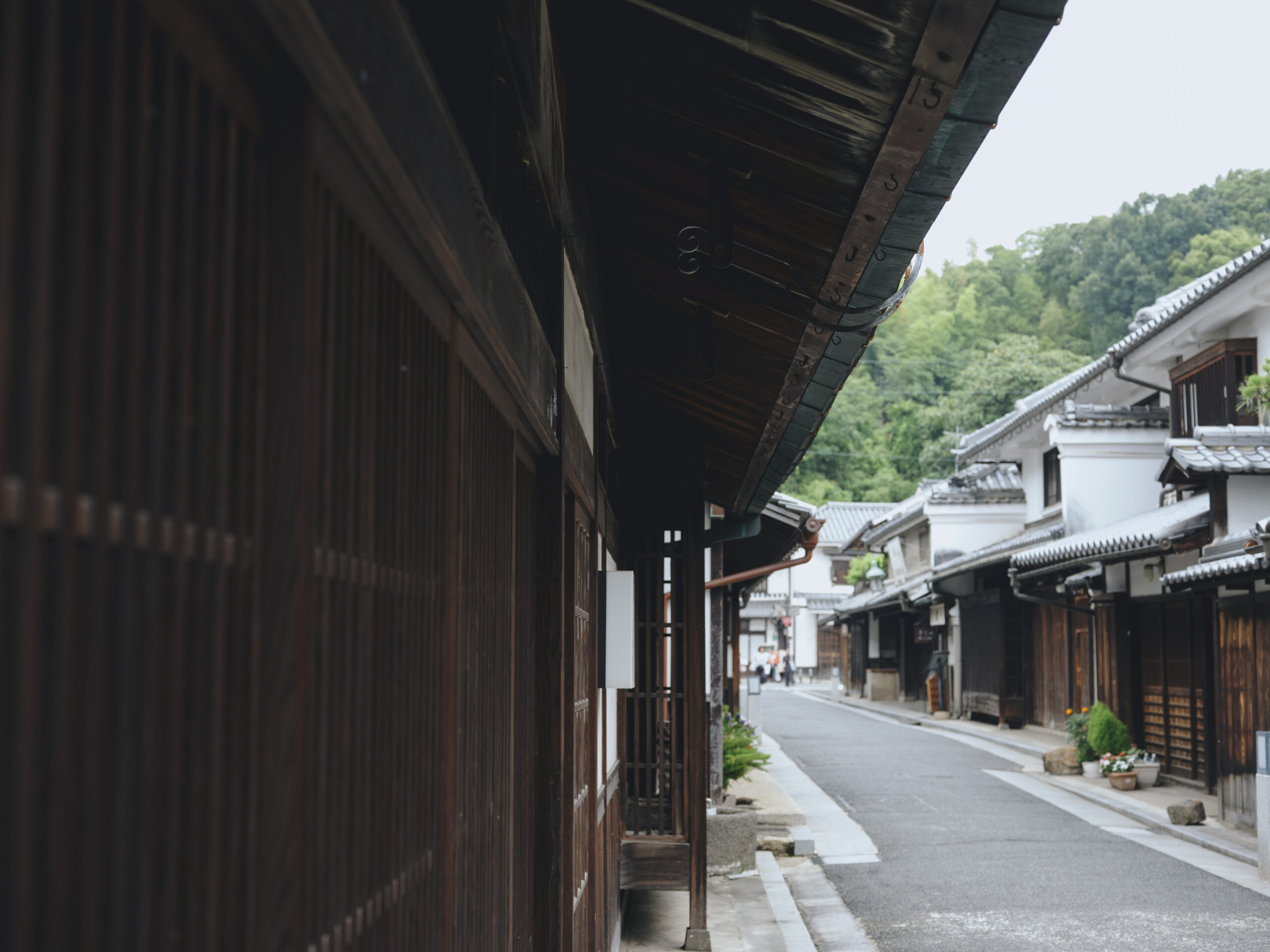
Roots of Community in Higashi-machiAug 8, 2024

Stretching along the southern ridge of Mount Tsurugata, just one street away from the Kurashiki River in the heart of Kurashiki Bikan Historical Quarter, is Honmachi Street.This area, once a shallow sea known as “Kibi no Anaumi,” is said to be the birthplace of Kurashiki, dating back to when Mount Tsurugata was a small island inhabited by fishermen.
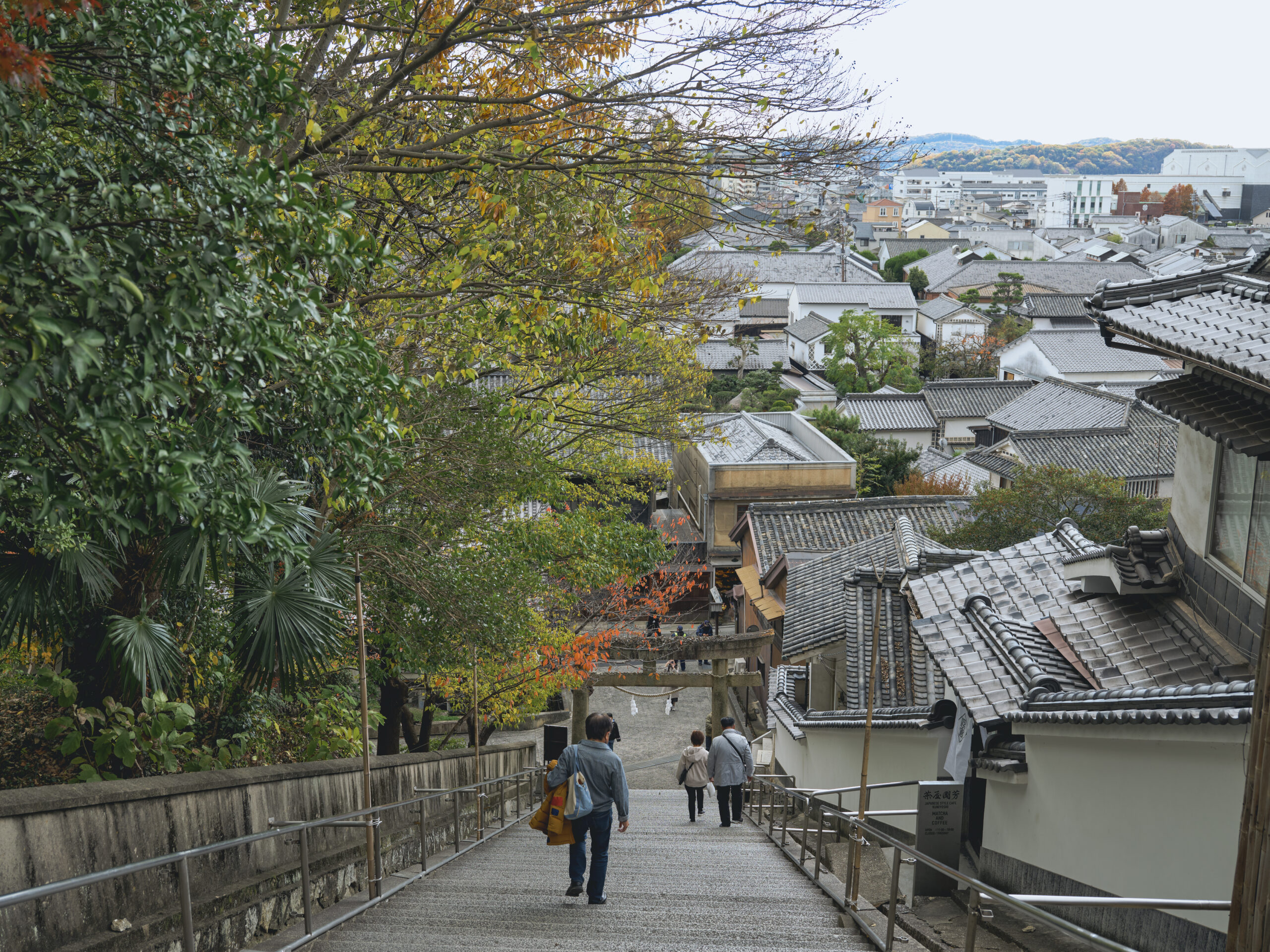
During the Edo period (17th to 19th century), land reclamation efforts expanded the nearby land, transforming this area into a crucial link between the inland town of Hayashima and Kurashiki. The streets became lined with shops essential to daily life, including sake, tea, tatami, and sweet shops. Even today, buildings with white plastered walls, latticed windows, and tiled roofs remain, preserving its historic charm.
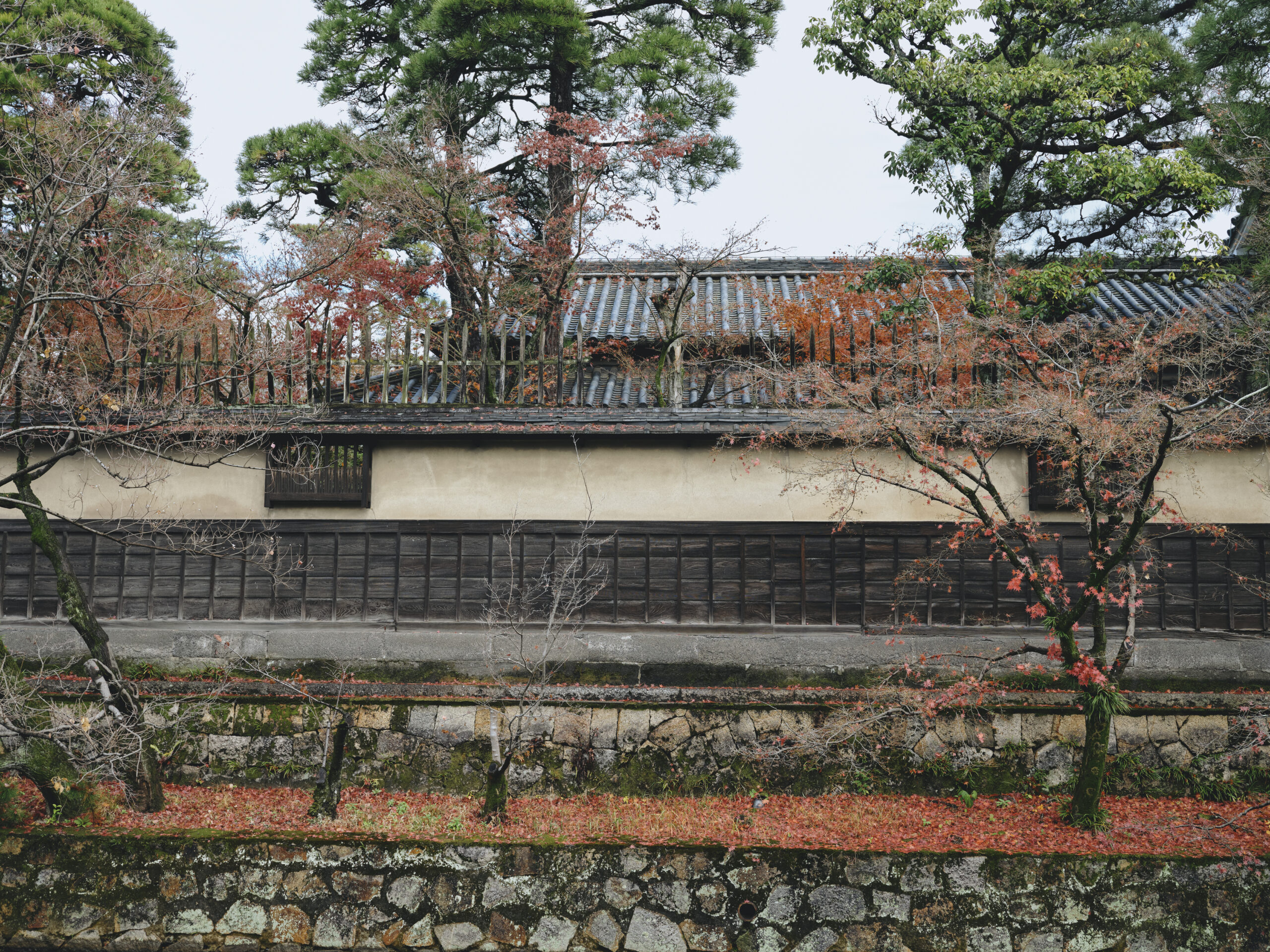
Adjacent to Honmachi Street lies the Higashi-machi area, which flourished during the Meiji period in the 19th century. Unlike Honmachi, which thrived as a hub for artisans and commoners since the Edo period, Higashi-machi evolved into a district lined with kimono wholesale shops, where we althy merchants also built their residences. Situated at the eastern edge of Kurashiki, this area became the gateway to the city, bustling with the constant flow of travelers along the main road.
Two families, the Kusudo and Namba families, operated kimono shops here from the early Meiji period,and have played a key role in preserving the cultural heritage of Higashi-machi. Although their kimono shops have long since closed, the families remain engaged in businesses rooted in this area.
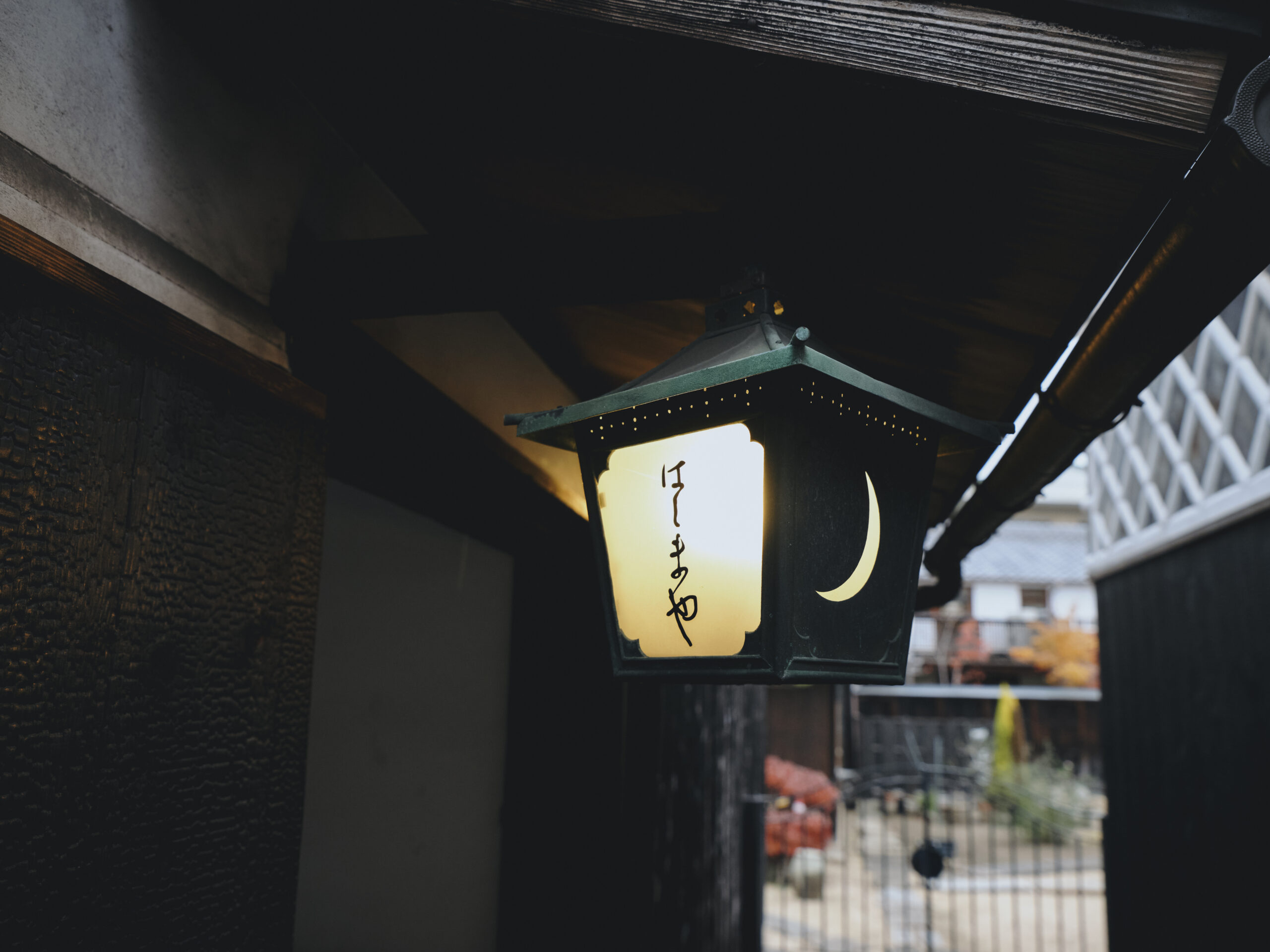
Although Higashi-machi thrived during the Meiji and Taisho periods(19th to early 20th century), the extension of the Sanyo Main Railway to Kurashiki shifted the commercial center westward towards Kurashiki Station,away from the Kurashiki Bikan Historical Quarter. As a result, Higashi-machi soon evolved from a bustling district to a quieter, more secluded area.Nevertheless, the rich cultural heritage of Higashi-machi remained, owing largely to the warm hospitality of the Kusudo and Namba families, who continued to welcome guests to this area.
In front of YORUYA stands the main residence of the Namba family.The building that now houses YORUYA originally served as their separate residence, where they conducted business negotiations with esteemed clients and hosted lavish banquets in its large tatami room.
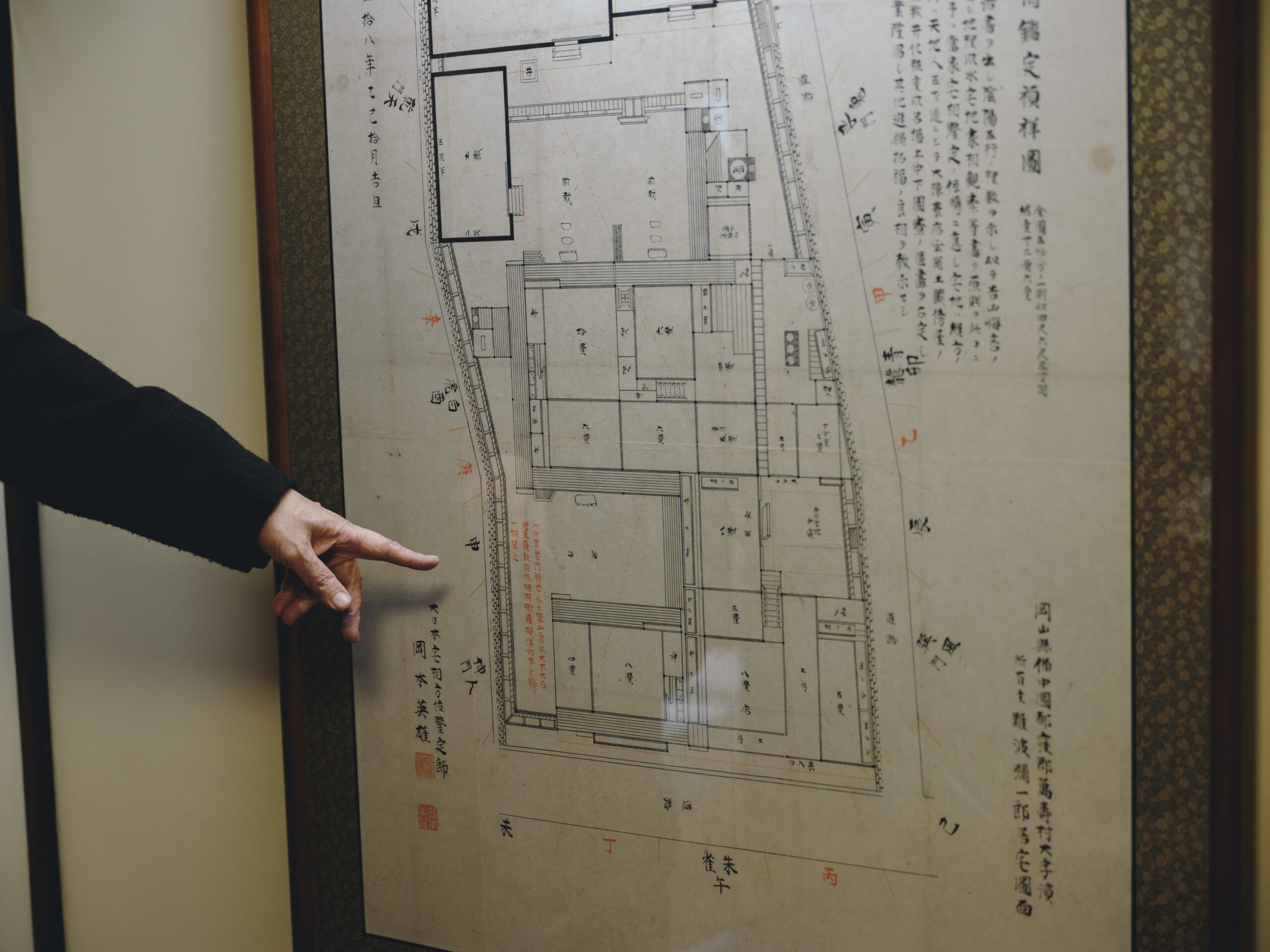
As ownership changed hands and the building transformed into a ryokan (traditional Japanese inn), it became a cherished gathering place not only for travelers, but also for locals, whoshared meals there or celebrated special occasions such as weddings.In our conversations with local residents, many seemed to fondly recall their experiences in the former ryokan, adding to YORUYA’s rich tapestry of memories.
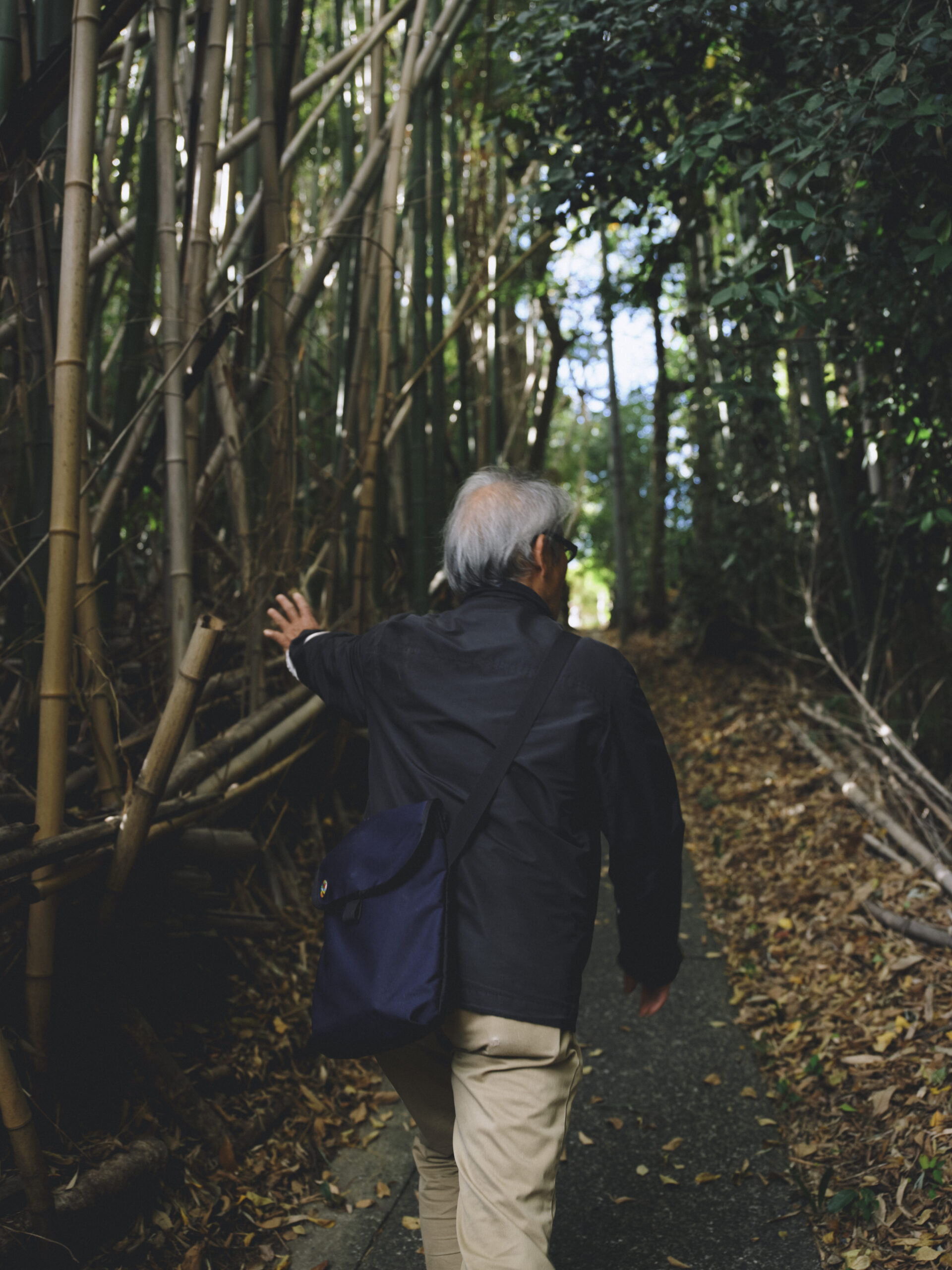
People living in Higashi-machi shared many stories with us that highlighted the vibrant community spirit of Higashi-machi, where merchants and commoners have worked together to shape the town’s landscape over generations.Walking down the streets lined with merchant and residential houses, one can still sense the lively atmosphere of everyday life.
Unlike Honmachi, where shop signs dominate, the streets of Higashi-machi are lined with house nameplates, creating a sense of everyday familiarity. The Japanese proverb “Onko Chisin (温故知新)”―to “study the past, to learn the new”—perfectly encapsulates the essence of these streets.
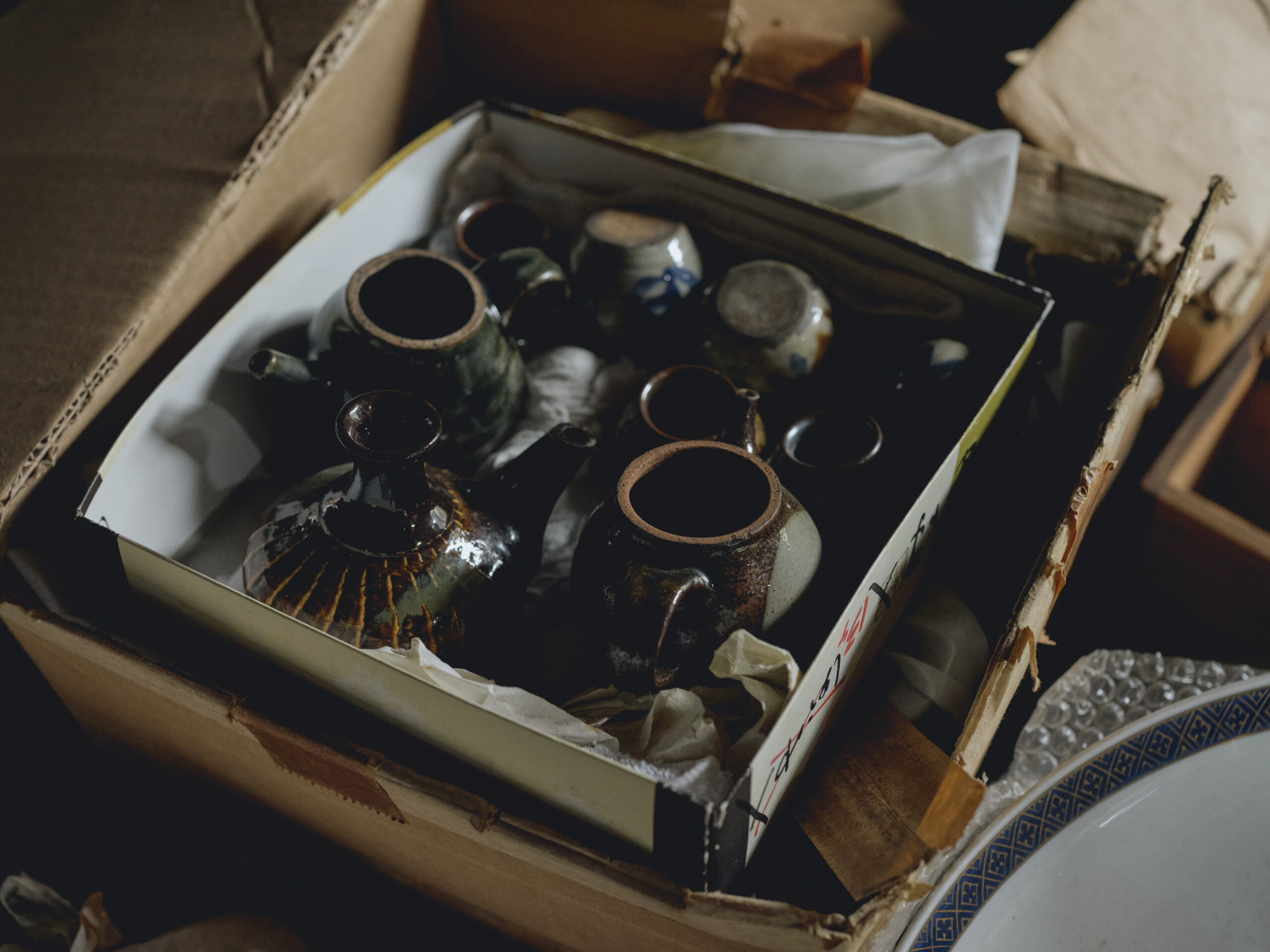
At YORUYA, we plan to open a small, casual bar along the street with around ten seats.We hope to create a welcoming space where locals and travelers can come together, engage in conversation, and form special bonds that will make this place a cherished part of their memories.
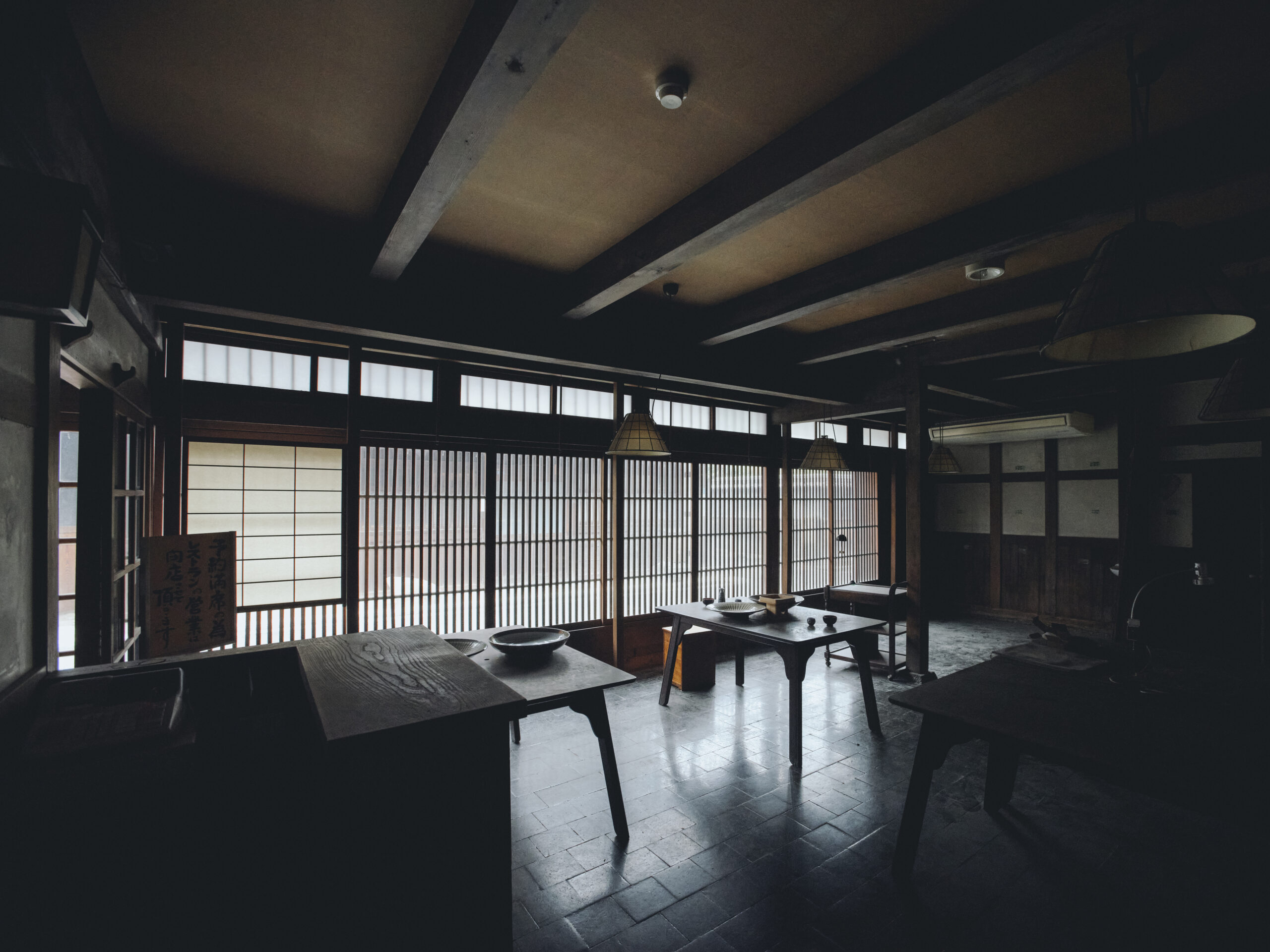
Edited by Yuya Uenuma from YORUYA
Written by Keiichi Asakura














